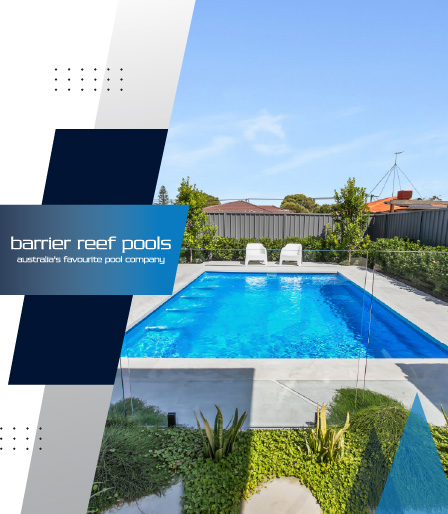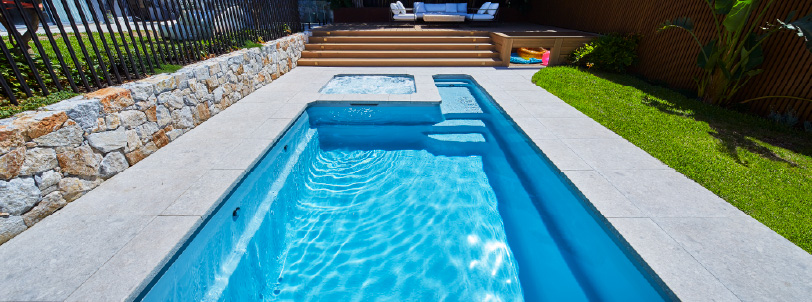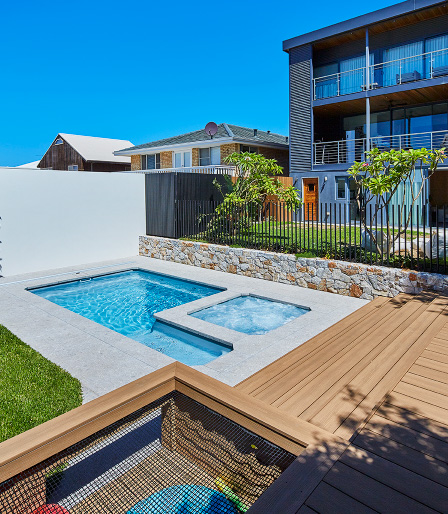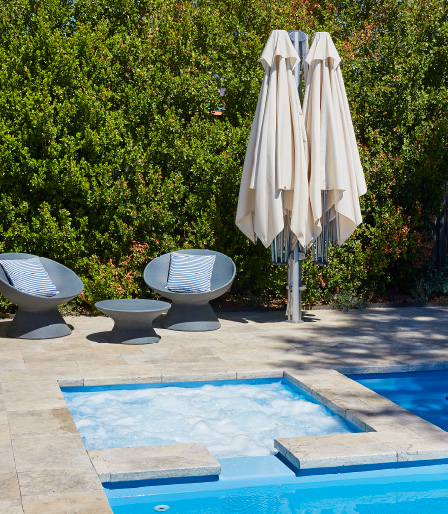Can I Use The Pool Water For Watering My Garden Instead Of Draining It?
Yes — but with caution. You can use pool water to water your garden, but only if the chlorine and other chemicals have been removed first. Otherwise, pool water can damage plants, soil, and lawns. With the right preparation, though, you can repurpose pool water safely and save on your outdoor watering needs.


- Last Modified On July 7, 2025
Is Pool Water Safe for the Garden?
Pool water might seem like a smart way to avoid waste, especially during dry seasons. However, it often contains chlorine, salt, algaecides, or other chemicals that can harm your lawn and garden beds. Used correctly, pool water can be reused in the garden — but you need to know how to treat it first.
Can Pool Water Affect Grass?
Pool water can affect grass in the same way that rainwater does. In fact, your pool may actually be more damaging to your lawn than natural rainfall would be because it doesn’t wash away as rain does. If you want to water your garden with pool water, make sure that you only use it in moderation. This will ensure that there is no damage to the grass or soil.
Can Pool Water Harm Grass?
Yes, especially if it still contains chlorine.
While a small splash here and there won’t cause major issues, regularly watering your lawn with chlorinated pool water can lead to:
- Yellowing patches
- Soil imbalance
- Root burn
If you’re planning to water your grass with pool water, it’s best to let the chlorine dissipate first or treat the water before use.
What About Plants? Is Chlorinated Water Safe?
Chlorinated water is not safe for most plants.
Chlorine can:
- Burn plant roots
- Cause leaf wilting or browning
- Disrupt soil biology
Some hardy species may tolerate low levels of chlorine, but most garden plants will show signs of stress if exposed regularly.
Even trace amounts of chlorine can linger in the water and harm sensitive plants, so it’s important to fully remove or neutralise chemicals before using pool water in your garden.


How to Make Pool Water Safe for Plants
Here are some practical ways to remove or reduce chlorine and other chemicals before using pool water in your garden:
1. Let It Sit (Evaporation)
Leave the water to stand in a large, open container or tank for at least 24–48 hours. Sunlight and air will naturally break down chlorine.
- Stir occasionally to speed up the process.
- Do not cover the container — exposure to air is crucial.
2. Use a Chlorine Neutraliser
Add a chemical chlorine neutraliser (often used in aquariums or ponds) that’s safe for plants. Make sure to follow dosage instructions carefully and confirm that the product won’t leave behind harmful residues.
Look for labels that state:
- “Plant-safe”
- “Aquatic-safe”
- “Sodium thiosulfate” (common neutralising agent)
3. Filtration Systems
Install a filtration system designed to remove chlorine and other pool chemicals.
- Inline filters are easy to connect to hoses or irrigation systems.
- Activated carbon filters are effective at removing chlorine and some metals.
- Choose a model with a minimum efficiency rating of 3 for good results.
What About Saltwater Pools?
Saltwater pools are often seen as a more natural option — but the salt can still pose problems for plants and soil.
Risks of Saltwater on Plants:
- Salt build-up in the soil
- Root dehydration
- Leaf scorch or plant death
Even small amounts of salt can accumulate over time, leading to long-term damage in garden beds.


How to Remove Salt From Pool Water
To use salt pool water safely, you’ll need to reduce the salt concentration. Here’s how:
✅ Use Reverse Osmosis (RO) Filtration
This is the most effective method for removing salt and other dissolved solids. RO filters are more expensive but ideal if you plan to reuse pool water regularly.
✅ Dilute With Fresh Water
Mix pool water with rainwater or mains water to lower the salt concentration. This is a basic option, though not foolproof.
✅ Avoid Using Salt Pool Water on Sensitive Plants
Even with treatment, avoid using salt pool water on:
- Herbs
- Seedlings
- Native species
- Acid-loving plants like azaleas or blueberries
Tips for Watering Plants With Pool Water
If you’re ready to reuse your pool water in the garden, follow these final tips for best results:
- Test the Water First: Use a pool test kit to ensure chlorine and salt levels are low or non-existent.
- Avoid Direct Application on Leaves: Water at the base of plants to reduce the risk of foliar damage.
- Use on Lawns, Not Veggies: Avoid using treated pool water on edible crops unless you’re 100% certain it’s chemical-free.
- Apply Sparingly: Don’t overwater. Let the soil dry out between applications to avoid chemical buildup.
Should You Water Plants Straight After Draining the Pool?
No — not immediately.
Even if your pool has been unused for a few days, the chlorine and salt levels may still be too high. Always test and treat the water first.
Conclusion
Reusing pool water for gardening can help reduce water waste and save on your water bill — but only if done safely. Always treat or test the water to avoid harming your plants or soil.
Need help maintaining your pool or looking to upgrade your system?
Contact our team at Barrier Reef Pools — we’re here to help with expert advice, stunning fibreglass swimming pool designs, and maintenance tips to get the most from your backyard investment.
A Quick Summary For You
Chlorinated water can be harmful to plants, particularly if used consistently. Chlorine, which is often added to municipal water supplies as a disinfectant, can disrupt the beneficial microorganisms in the soil that are essential for healthy plant growth.
While small amounts of chlorine are generally not lethal to plants, higher concentrations can indeed kill them. Chlorine can cause leaf burn, stunted growth, and even plant death if the levels exceed what the plants can tolerate.
Using pool water to water plants is not recommended, especially if the water contains chlorine and other chemicals. The high chemical concentrations can be detrimental to plant health, leading to adverse effects on their growth and vitality.
The effects of chlorinated water on plants can vary depending on the concentration of chlorine and the type of plants. Symptoms may include wilting, yellowing of leaves, and poor root development. Over time, regular exposure to chlorinated water can lead to a decline in plant health and reduced yields. It is advisable to let tap water sit for 24 hours before using it on plants, allowing some chlorine to dissipate.


